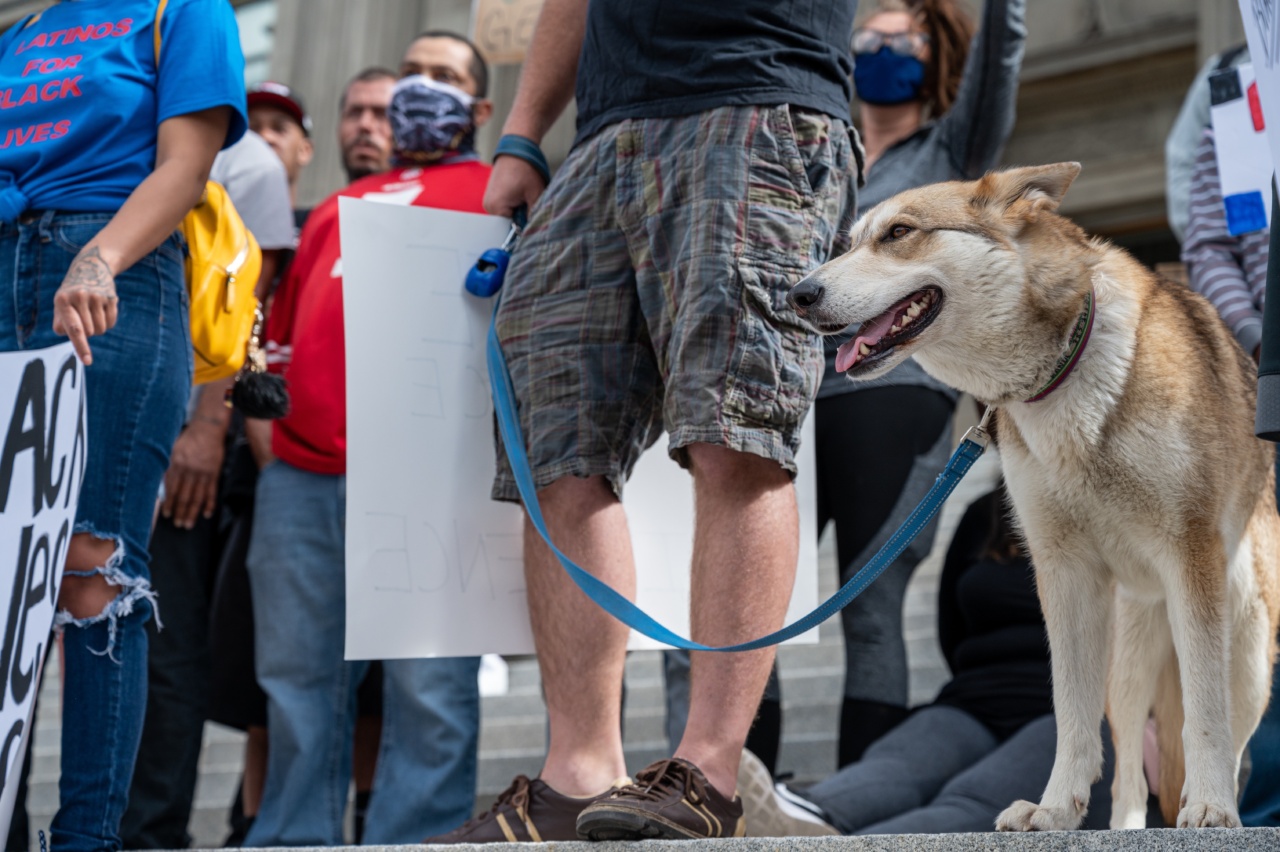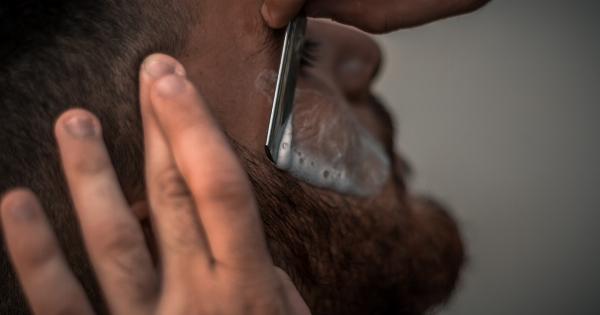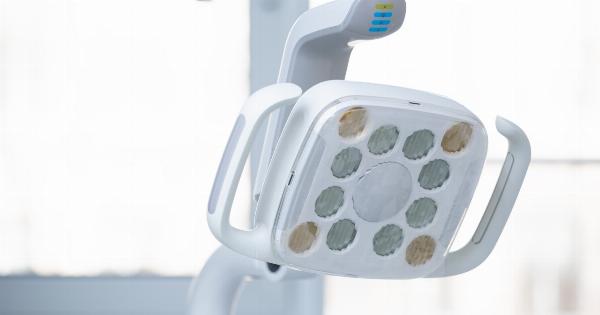While dogs and cats can make wonderful pets, they have the potential to bite and cause serious injuries. In fact, dogs and cats cause more than 90% of all animal bites in the United States.
Being bitten by a dog or cat can be painful, and it can also result in infections and other serious health complications, such as rabies. To protect yourself from dog and cat bites, it’s important to understand the risks and know how to stay safe around these animals.
Understanding the Risks of Dog and Cat Bites
Both dogs and cats can bite for a variety of reasons. Dogs may bite because they are feeling threatened or territorial, or because they are scared or anxious. Cats may bite when they feel threatened, agitated, or overstimulated.
Regardless of the reason, being bitten by a dog or cat can be dangerous, as their teeth can easily puncture the skin and cause injury.
In addition to physical injury, dog and cat bites can also lead to infections. These infections can be caused by the bacteria in the animals’ mouths and can lead to serious health complications if left untreated.
For this reason, it’s important to clean and care for any wounds caused by animal bites as soon as possible.
How to Prevent Dog and Cat Bites
The best way to prevent dog and cat bites is to be proactive in your interactions with these animals. This includes:.
- Approaching dogs and cats with caution, and asking their owner for permission before interacting with them
- Avoiding direct eye contact with animals, as this can be seen as a threat
- Making slow, gentle movements around animals, and avoiding sudden, jerky movements
- Avoiding loud noises or sudden movements that may startle animals
- Teaching children to be respectful of animals and to ask for permission before petting them
In addition to these precautions, it’s also important to be mindful of an animal’s body language. Dogs and cats will often give warning signs before they bite, including growling, showing their teeth, and stiffening their bodies.
If you notice these signs, it’s best to back away slowly and give the animal space.
If you encounter a dog that is off-leash, it’s important to remain calm and avoid running. Running may trigger the dog’s prey drive and cause them to chase you. Instead, stand still and avoid making direct eye contact with the dog.
If the dog tries to attack, use an object such as a backpack or umbrella to protect yourself and call for help.
Finally, it’s important to understand that certain dog breeds may be more prone to biting than others. Breeds that are considered aggressive, such as pit bulls and Rottweilers, should be approached with caution.
However, it’s important to remember that an individual dog’s behavior is determined more by their upbringing and training than their breed.
Caring for a Dog or Cat Bite
If you are bitten by a dog or cat, it’s important to care for the wound as soon as possible. This includes:.
- Cleaning the wound thoroughly with soap and water
- Applying an antibiotic ointment and covering the wound with a sterile bandage
- Monitoring the wound for signs of infection, such as redness, swelling, or drainage
- Seeking medical attention if the wound is deep, bleeding heavily, or shows signs of infection
- Reporting the bite to local animal control authorities, who may need to quarantine the animal to check for rabies
If the animal that bit you was a stray or unknown, it’s important to seek medical attention immediately to ensure that you receive the proper treatment for rabies.
Rabies is a serious viral infection that can be transmitted from animals to humans through bites or scratches.
Conclusion
By understanding the risks of dog and cat bites and taking proactive steps to prevent them, you can protect yourself and your family from injury and infection.
Remember to approach animals with caution, be mindful of their body language, and teach children to respect animals. If you are bitten, seek medical attention and report the bite to authorities as needed.






























